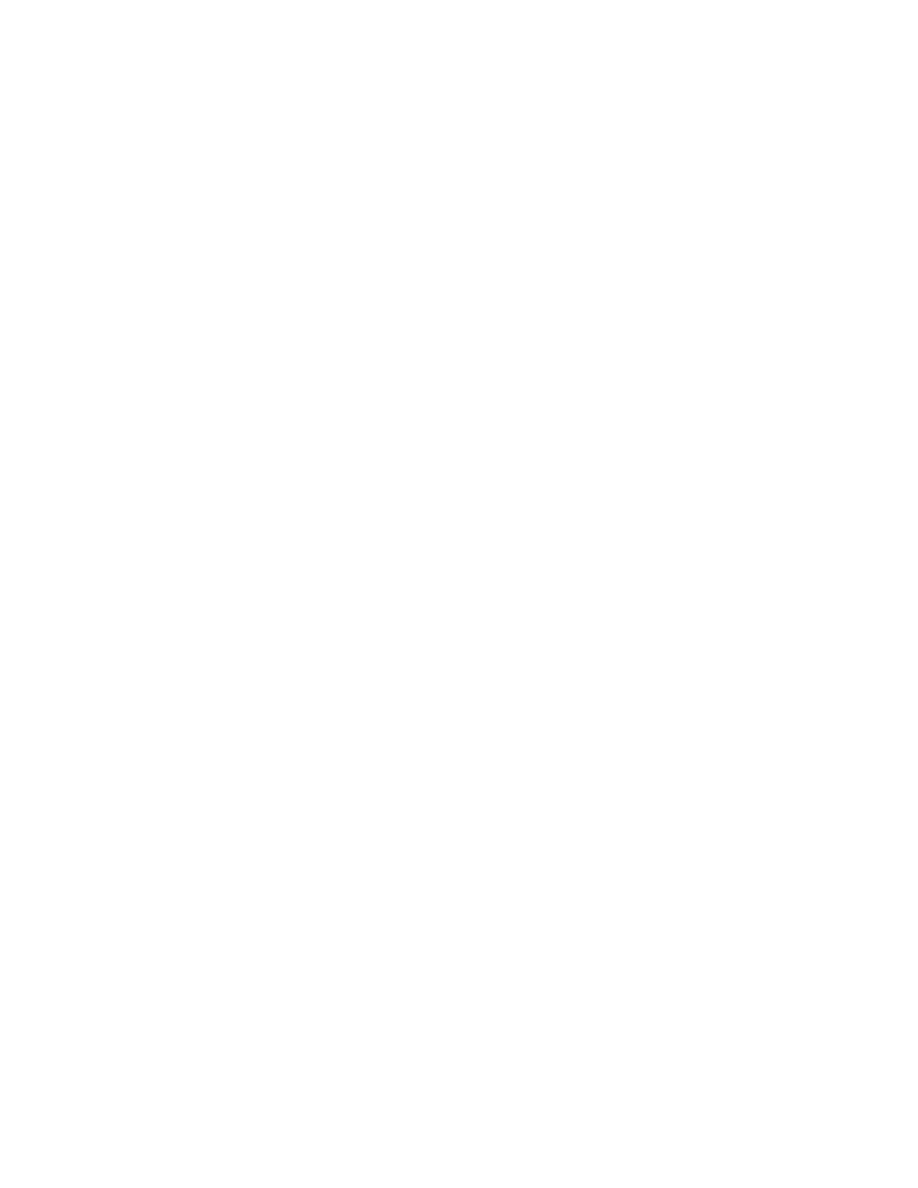
541
Federal Aviation Administration, DOT
§ 61.57
(3) This section does not apply to a
pilot in command who is employed by a
part 119 certificate holder authorized
to conduct operations under part 135
when the pilot is engaged in a flight
operation under parts 91 or 135 for that
certificate holder if the pilot in com-
mand is in compliance with §§ 135.243
and 135.247 of this chapter.
(4) Paragraph (b) of this section does
not apply to a pilot in command of a
turbine-powered airplane that is type
certificated for more than one pilot
crewmember, provided that pilot has
complied with the requirements of
paragraph (e)(4)(i) or (ii) of this sec-
tion:
(i) The pilot in command must hold
at least a commercial pilot certificate
with the appropriate category, class,
and type rating for each airplane that
is type certificated for more than one
pilot crewmember that the pilot seeks
to operate under this alternative, and:
(A) That pilot must have logged at
least 1,500 hours of aeronautical experi-
ence as a pilot;
(B) In each airplane that is type cer-
tificated for more than one pilot crew-
member that the pilot seeks to operate
under this alternative, that pilot must
have accomplished and logged the day-
time takeoff and landing recent flight
experience of paragraph (a) of this sec-
tion, as the sole manipulator of the
flight controls;
(C) Within the preceding 90 days prior
to the operation of that airplane that
is type certificated for more than one
pilot crewmember, the pilot must have
accomplished and logged at least 15
hours of flight time in the type of air-
plane that the pilot seeks to operate
under this alternative; and
(D) That pilot has accomplished and
logged at least 3 takeoffs and 3 land-
ings to a full stop, as the sole manipu-
lator of the flight controls, in a tur-
bine-powered airplane that requires
more than one pilot crewmember. The
pilot must have performed the takeoffs
and landings during the period begin-
ning 1 hour after sunset and ending 1
hour before sunrise within the pre-
ceding 6 months prior to the month of
the flight.
(ii) The pilot in command must hold
at least a commercial pilot certificate
with the appropriate category, class,
and type rating for each airplane that
is type certificated for more than one
pilot crewmember that the pilot seeks
to operate under this alternative, and:
(A) That pilot must have logged at
least 1,500 hours of aeronautical experi-
ence as a pilot;
(B) In each airplane that is type cer-
tificated for more than one pilot crew-
member that the pilot seeks to operate
under this alternative, that pilot must
have accomplished and logged the day-
time takeoff and landing recent flight
experience of paragraph (a) of this sec-
tion, as the sole manipulator of the
flight controls;
(C) Within the preceding 90 days prior
to the operation of that airplane that
is type certificated for more than one
pilot crewmember, the pilot must have
accomplished and logged at least 15
hours of flight time in the type of air-
plane that the pilot seeks to operate
under this alternative; and
(D) Within the preceding 12 months
prior to the month of the flight, the
pilot must have completed a training
program that is approved under part
142 of this chapter. The approved train-
ing program must have required and
the pilot must have performed, at least
6 takeoffs and 6 landings to a full stop
as the sole manipulator of the controls
in a full flight simulator that is rep-
resentative of a turbine-powered air-
plane that requires more than one pilot
crewmember. The full flight simula-
tor’s visual system must have been ad-
justed to represent the period begin-
ning 1 hour after sunset and ending 1
hour before sunrise.
(f)
Night vision goggle operating experi-
ence.
(1) A person may act as pilot in
command in a night vision goggle oper-
ation with passengers on board only if,
within 2 calendar months preceding the
month of the flight, that person per-
forms and logs the following tasks as
the sole manipulator of the controls on
a flight during a night vision goggle
operation—
(i) Three takeoffs and three landings,
with each takeoff and landing includ-
ing a climbout, cruise, descent, and ap-
proach phase of flight (only required if
the pilot wants to use night vision gog-
gles during the takeoff and landing
phases of the flight).
VerDate Sep<11>2014
16:30 Jun 25, 2019
Jkt 247047
PO 00000
Frm 00551
Fmt 8010
Sfmt 8002
Q:\14\14V2.TXT
PC31
kpayne on VMOFRWIN702 with $$_JOB